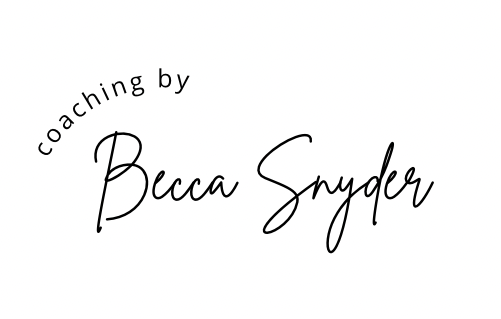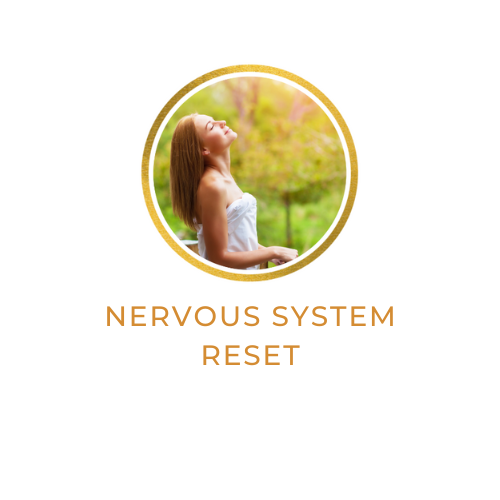

Both chronic stress and trauma lead to the nervous system being out of wack, and more often in fight or flight than in a calm and restorative state. This both keeps anxiety high and has many physiological effects, as it takes a lot of energy away from other systems in the body in order to prioritize the fight or flight state .
Nervous system regulation is a powerful tool we have to lower anxiety and allow the body to focus its energy on areas other than self protection.
This gives the rest of the body a major boost, and improves quality of life overall, as the felt sense of stress is greatly reduced. It’s also associated with a general reduction in physical symptoms of illness across the board, especially with neurological disorders.
We’re not meant to be in a low level state of fight or flight all the time, but modern life (especially coupled with chronic illness!) tends to keep us there. This is because our protective instincts don’t know the difference between the stress of running from a tiger and the stress of opening a negative email from your boss.
Your body prepares you to actually run away and/or fight a tiger, even when someone cuts you off in traffic. It just doesn’t know the difference.
So it’s hard to us to come back down to a sense of calm and safety, and for the body to reorient to prioritizing other necessary processes in the body. This includes the immune system, digestive system, reproductive system and hormone balance, executive brain functions (brain fog, memory issues), and others.
During this program, I’ll help you understand the biology of anxiety and fight/flight reaction so that you can affect and soothe it through gentle individualized exercises and get back to feeling calm and safe in your daily life.
Learning the skills and techniques that attune to your nervous system, understanding and learning to read and address the different states takes time and practice (see graphic below). But they’re honestly life-changing. I’ve seen it both in myself and my clients, as well as others in the chronic illness community that I’ve seen embrace this work. (The states below may on the surface seem only psychological, but assessing the emotions that come with the states is sometimes the easiest way to recognize the state. And the effects of the state of the nervous system go far beyond emotional impact.)
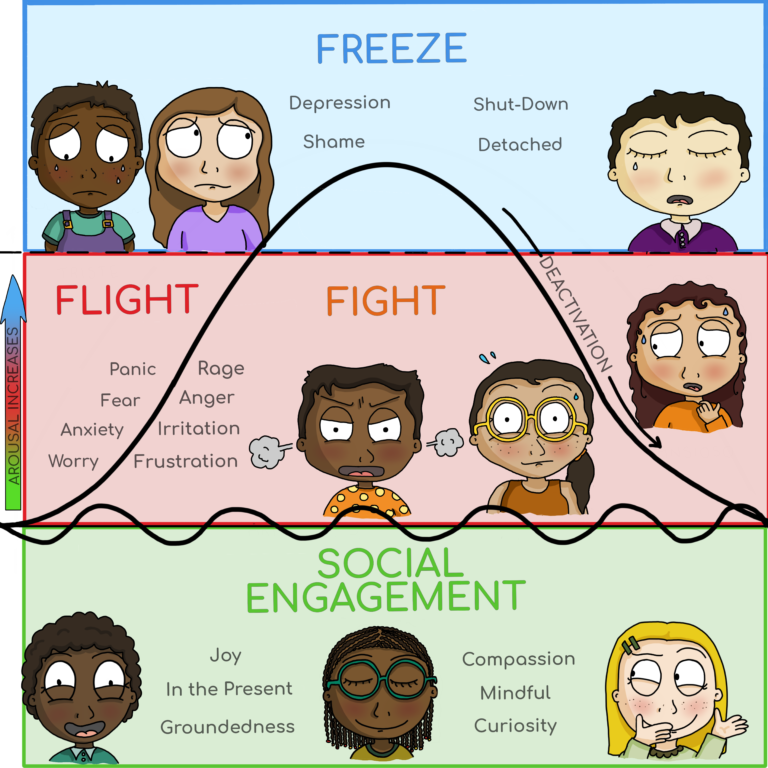
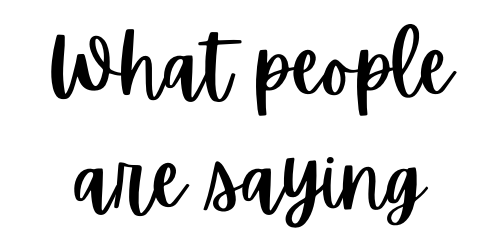

Rebecca has been such an excellent coach. I instantly felt understood and heard. Her demeanor at once puts you at ease and she’ll laugh with you, sit in the quiet with you and encourage your truth. I found it easy to work out certain issues with her and find solutions to anxiety inducing problems. She’s very good at making you look at both sides of the coin. I would recommend her to anyone!
– Erin McCrea

During my time with Becca she provided a vast amount of knowledge on the vagus nerve and showed me exercises to do during flight or fight or fawn responses. She taught me to identify the different vagal responses with great success. Identifying this has helped me so much with implementing tools that assist me to live each day more calmly and in control of my emotional experience.
– Davielle R.


I’m a neuroscience and nutrition nerd who has spent the last ten years deep diving into research and topics related to Lyme disease, dysautonomia (POTS), Mold illness, and brain health, including the vagus nerve. Why? Because they were directly impacting me and keeping me from participating in life. I was mostly couchbound/housebound for about 5 years.
All I could really do during that time was make it through the day, watch tv, and obsessively research. (I should note here that this level of fixation can be both a help and a hindrance to healing. Same with online support groups. There needs to be a balance here. It took me a while to find it.)
I strongly believe that a major component of healing is regulating the nervous system and helping the body and brain come back out of fight or flight (while continuing to work with your doctors of course). Bringing your nervous system back to a baseline of calm and safety will have immediate effects on anxiety, mood, and even physical symptoms.
I studied in depth with Jessica Maguire’s Vagus Nerve Program as well as continued education for Program graduates, to dive deeper. I’m so excited to bring this work in with clients.

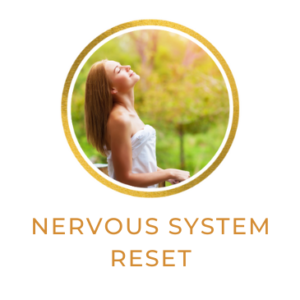

A 2 month 1:1 customized coaching experience to learn how to understand and regulate the nervous system, using the techniques of Polyvagal Theory.
Cost: $799 includes:
– Four 55 min coaching sessions to be scheduled at your convenience during this time frame
– Worksheets and resources to support learning and implementation of nervous system regulation techniques
– Access to me via Voxer app in between sessions for feedback and support for regulation techniques, or any other questions and concerns you may have (M-F 10-4 Arizona time)
- Voxer is a messaging app where we can text, voice or video message, share photos, videos, or links. (Whatever method feels supportive for you)
Payment plans available.
